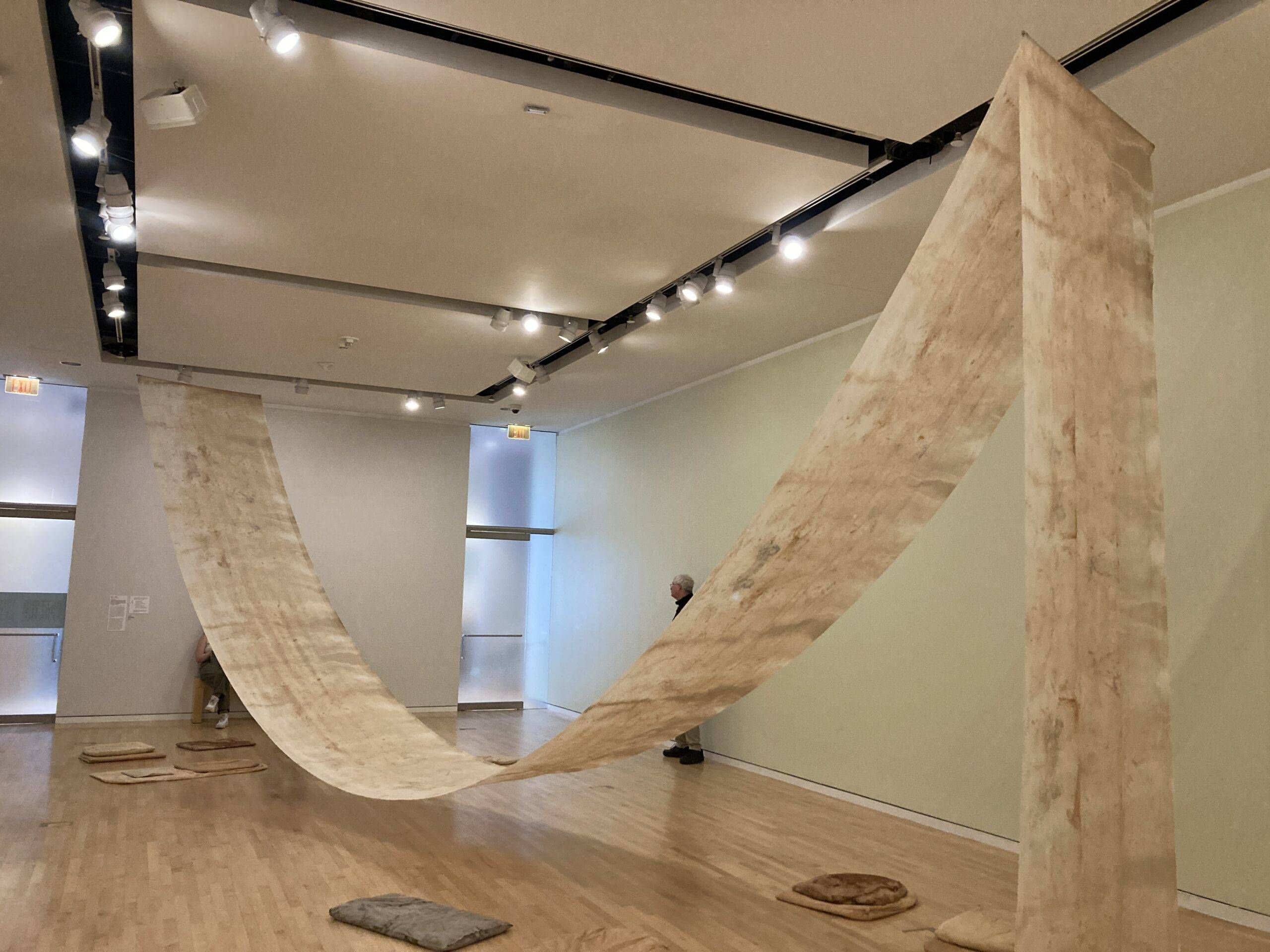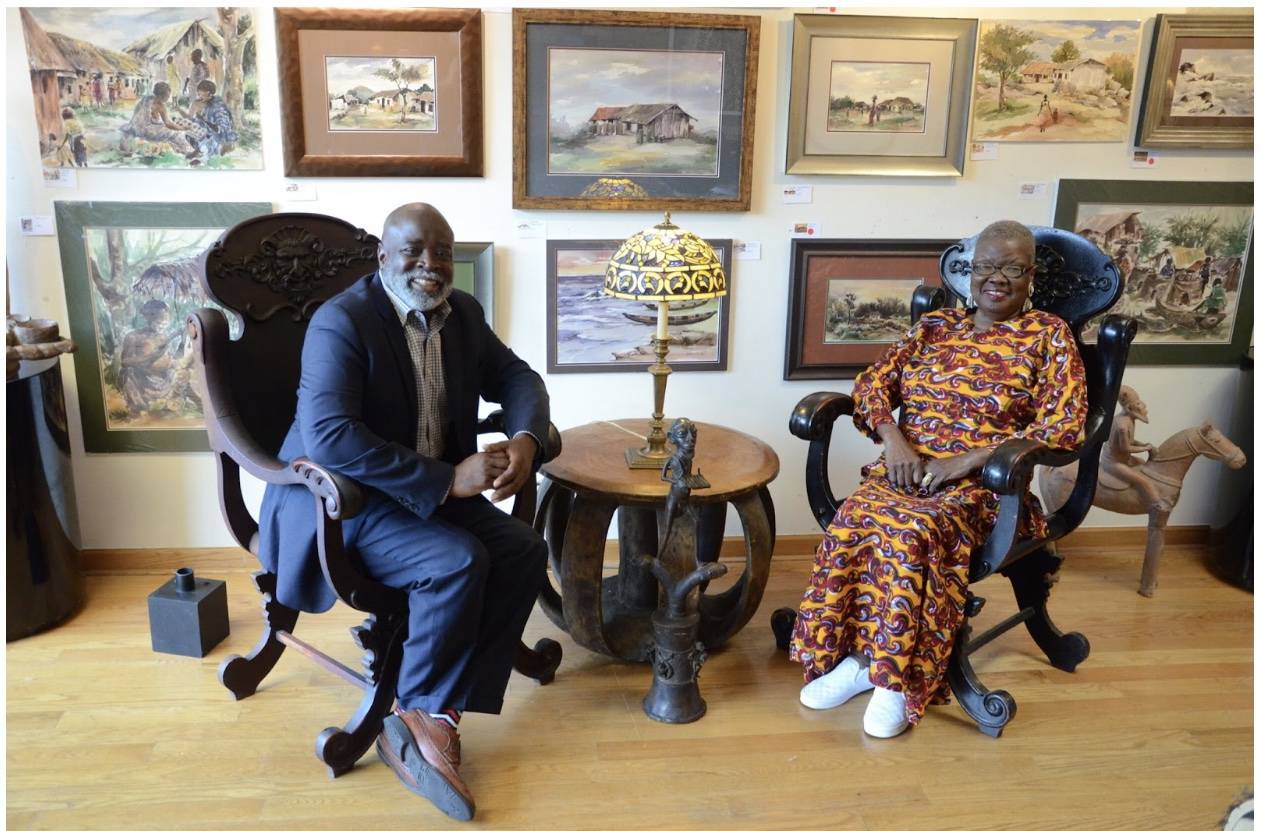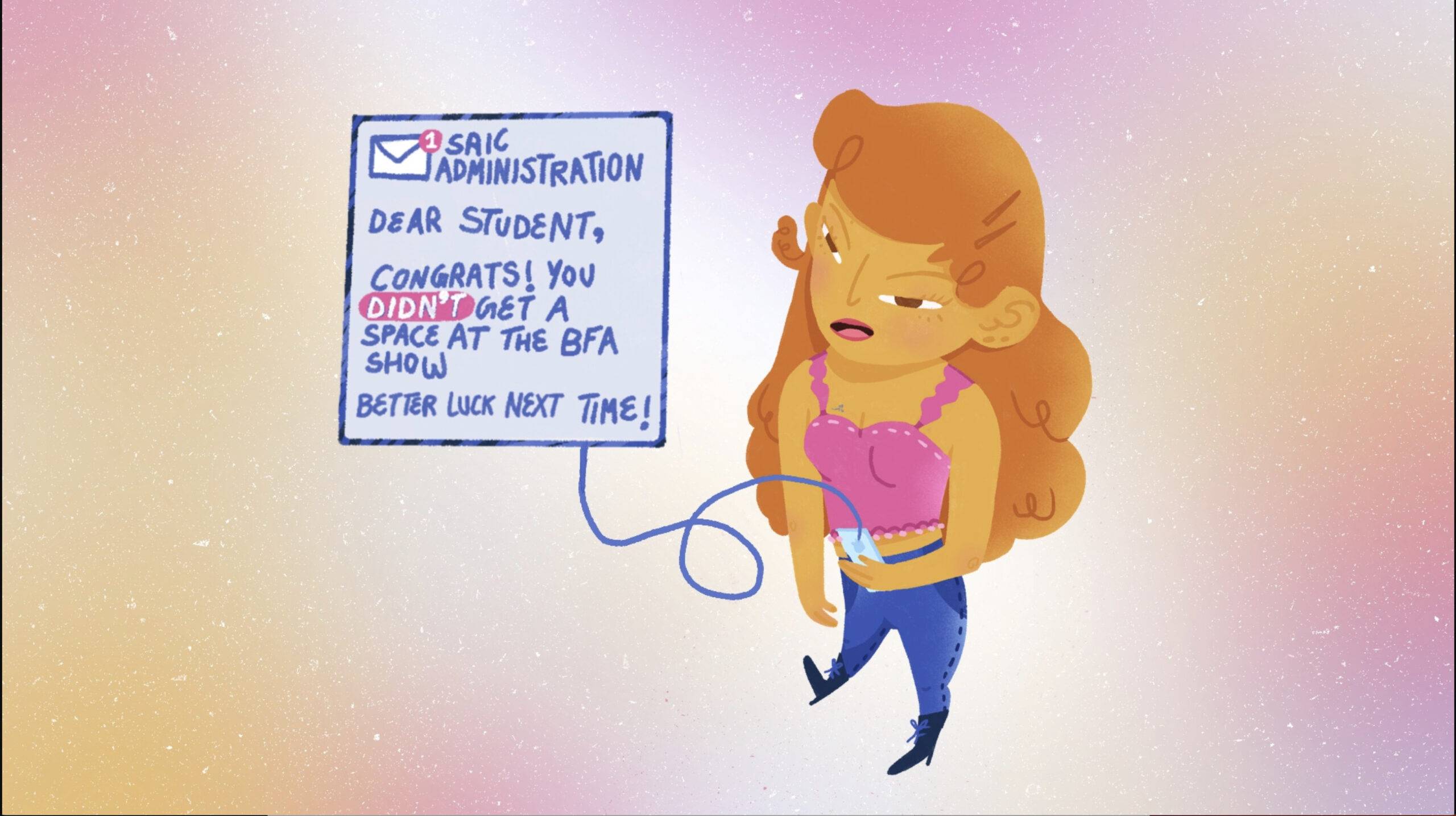
Photograph courtesy of Eugenia Cheng.
Eugenia Cheng isn’t a regular artist. Her doctorate (from Cambridge University) is in pure mathematics, and she’s been trying to fight against negative preconceptions people in the arts and humanities tend to have about math.
“Maybe it is just the same thing but with different emphases,” Cheng said, when speaking about the differences between science and art. Her resumé includes several texts on categorical theory and math for the general public, as well as lectures and workshops around the world.
“Maybe in art the emphasis is on what it is that you are creating as an interpretation and maybe in science the emphasis is on the conclusions that you draw, but in order to draw conclusions you have to create ways to get to those conclusions. It’s just that we tend to emphasize the conclusions more than the process of creating the pathway to getting there but when we are doing research, all you feel, all I feel like I’m ever doing is creating interpretations and language and structures and it’s a bit poetry, it’s a bit music, and it’s a bit art, and it’s a bit all of those things…I’m trying to create something that makes a compelling interpretation in some abstract way,” Cheng said.
Although she has never felt fraudulent about calling herself an artist (she’s a musician), she does admit that has seemed to be “a self-fulfilled prophecy.” She now works at the School of the Art Institute of Chicago (SAIC) where she explores both the reasons for why people abandon mathematics and the separation between art and science. Furthermore, she recently made an art piece for the EMC2 Hotel. The hotel describes itself to be “at the intersection of art and science.”
Cheng said her mom introduced her to math and logical thinking at a young age. “It was just always around. In the activities we did and and any of the games that we played together.”
Cheng was taught computer programming and how to recognize illogical thinking. Her family was also very musical: her dad built record players and her older sister took violin and piano lessons.
Cheng recently found a diary from when she was 13 years old. In the diary, she wrote that “the key to get through all this terrible, terrible life of classes and boring school was to turn to art…I should always just turn to music every time I was getting frustrated with any of the boring things” like math homework.
Cheng remembered that she was fond of helping people in general — whether in music or math.
“It was much more interesting to me than doing the math problems myself, because the math problems were so boring and I always found it easier to do so helping other people understand. It was a way of challenging myself…it makes me feel of worth if I can help someone.” She added that this was a mode of thinking her piano teacher and mentor had taught her.
At Cambridge, she explained she could see how men there had been pushed more and had been prepared more than women. For the first year, she worked hard to catch up. When she started research, Cheng saw how her fellow students — who had done so well in academics and in testing — fell behind. It was one of the first indications she got regarding the problems with math education.
After getting a post-doctorate degree in Chicago, Cheng eventually returned to the United Kingdom. Around that time, she was asked to write her first book, “Cakes, Custard and Category Theory: Easy Recipes for Understanding Complex Maths,” (republished under the title “How to Bake π: An Edible Exploration of the Mathematics of Mathematics”).
At the same time, Cheng said, “I was becoming frustrated with my Job in the UK. I was a sort of standard maths professor in a standard maths university and the education system had sort of been falling apart a bit in the UK…the whole thing had become very disruptive.”
Cheng moved back to Chicago and when her book started getting traction in the larger US market, she slowly faded out of standard academics in favor of work making math available to a broader public.
In 2015 she was invited to be a guest on “The Late Show,” and, on a separate note, to give a TED talk. When she learned about the possibly of teaching at SAIC, she “jumped at that immediately” and said that it was her dream job.
“I get to reach people who would otherwise just give up on math and I get to explore the reasons why people give up on math so I can then use what I learned from teaching art students and use that to teach people around the world so there’s a huge amount of symbiosis,”
Cheng has now been publishing a series of articles titled “Everyday Math” in the Wall Street Journal, in which she attempts to show new and different ways to explain everyday occurrences. Topics range from “The Logic of Our Fear of Flying” to “How to Measure Diversity.” Cheng tries to show the limits of math; she concedes that math is not the answer to everything.
Cheng recently released her second book, “Beyond Infinity: An Expedition to the Outer Limits of Mathematics.”
“The first book was about category theory but it was a lot about what math is and Beyond Infinity is still about what math is but it does actually have a subject which is infinity,” Cheng said. She wanted to tap into the more visceral approach to a mathematical concept children have when thinking about infinity.
Cheng founded Liederstube — an organization she describes as having “a similar message for classical music to the message I have for math, which is breaking down the boundaries surrounding it and presenting it as something that is for everybody.”
“A lot of people think that math is something that you can’t appreciate unless you get past a certain level and it’s the same for classical music, that it is somehow inaccessible because you have to know what to think but actually, the reason I love math and music are the very visceral reasons.”
Cheng’s work is about math but more than that, it is about creativity. She shares art and science and blends them.





















